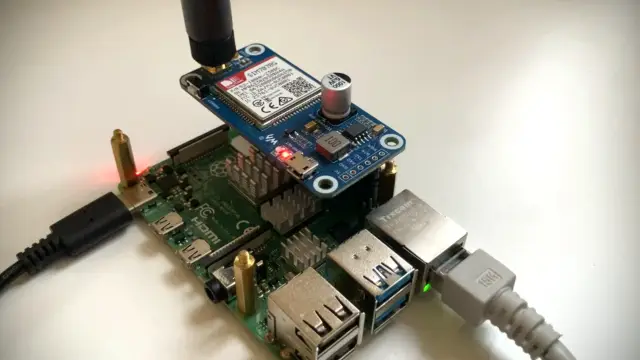We have written about the Quectel RM520N-GL 5G cellular modem before. Back then it was about setting up the software to establish a functioning Internet connection under Linux.
Now there is another article about the modem - but not because everything worked as intended straight away. Rather, this time we want to give you an insight into our daily struggle with and against technology. Because not everything that should work actually works in the end. Even if - as in this case - the electronics have already been used successfully in one way or another.
